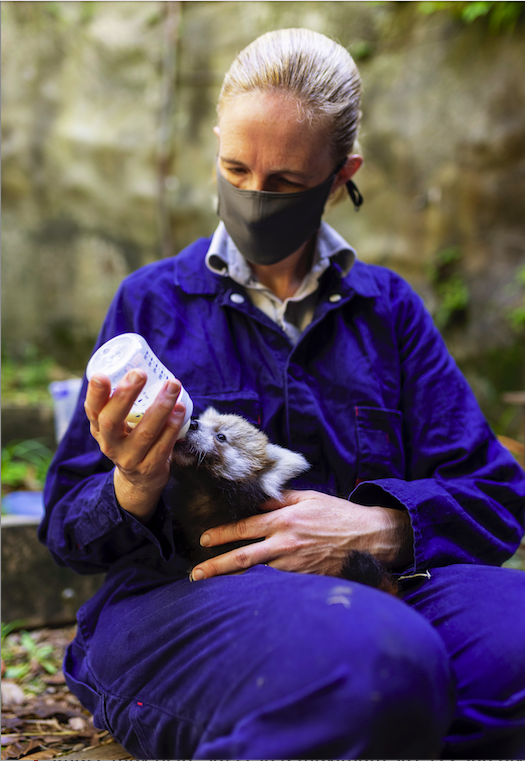It was during a radio interview in 2007 about the impact on the New Zealand environment from cattle excretion, and a quip by the host that suggested cows should be toilet trained, that first started Lindsay Matthews thinking.
A University of Auckland honorary academic and director of an independent research company, Matthews’ PhD research had focussed on learning and preference in cows – animals he grew up with on his family’s dairy farm – and he was aware of the negative environmental impacts from cow urine, and the high level of nitrogen it contains that contributes to excessive growth of weeds and algae in New Zealand’s lakes, rivers and aquifers that are a result of nitrate pollution. But it was while working with Lars Schrader at Germany’s Federal Research Institute for Animal Health during 2015 that the idea took hold.
It followed the suggestion by Prof Schrader that the ammonia emissions resulting from contact between faeces and urine could be controlled by toilet training cows, despite the limited success of previous international attempts.
Matthews thought he might be able to do better, given his background and knowledge, and he approached Douglas Elliffe, Professor of Behavioural Psychology at the University of Auckland’s Faculty of Science to help.
With their German colleagues, Matthews and Elliffe worked with 16 calves at a farm operated by the country’s Research Institute for Farm Animal Biology, and initially demonstrated that most calves could be trained to ‘hold it’. If calves began to urinate in the wrong place the scientists made their collars vibrate and although the vibration did not hurt them, most calves soon learned to walk a short distance to a latrine pen.
“People’s reaction to the MooLoo is, ‘crazy scientists’, but actually the building blocks are there. Cows have bigger urinations when they wake up in the morning, which demonstrates they have the ability to withhold urination. There’s nothing in their neurophysiology that radically differentiates them from animals, such as horses, monkeys and cats, that show latrine behaviour,” Matthews said.
Although the calves received only 15 days of training 11 of the calves had learned to use the full MooLoo skill set after 20 to 25 urinations, which compares favourably to toilet-training time for three- and four-year-old children.
“This is how some people train their children – they put them on the toilet, wait for them to pee, then reward them if they do it. Turns out it works for calves as well.
“Very quickly, within 15 to 20 urinations on average, the cows would self-initiate entry to the toilet. This is very exciting because it means they were paying attention to their bladder getting fuller. By the end, the majority were doing three-quarters of their urinations in the toilet,” he said.
Because the research was conducted in the Northern Hemisphere where cows spend much of their time in barns, the next step for Matthews and Elliffe is to adapt the research for regions like New Zealand and Australia where dairy cows spend most of their time outdoors. Although it will make toilet training more of a challenge, and it is unlikely they will use latrines as often as their European counterparts, cows still gather for milking and to receive supplements, and a reduction in pollution would have significant environmental benefits.
“We’ve shown proof of concept that we can train cows, and train them easily. Cattle urine is a major cause of our nitrogen problem, and any reduction would make a difference, so even if we collect 10 or 20 per cent of urinations it would be sufficient to significantly reduce greenhouse gas emissions and nitrate leaching,” Elliffe said.
An additional challenge lies in the feasibility of toilet training millions of animals although the researchers suggest this could be achieved by using urination-detection sensors and automatic reward systems. Trained cows could also be transitioned into not expecting a food reward after every urination.
The New Zealand dairy industry has expressed interest in the research as a potential way to avoid herd reductions that may otherwise be necessary to meet emissions targets.
“This is a new science, what we’ve done here, so there are many ways to push it,” Matthews said.
Anne Layton-Bennett



